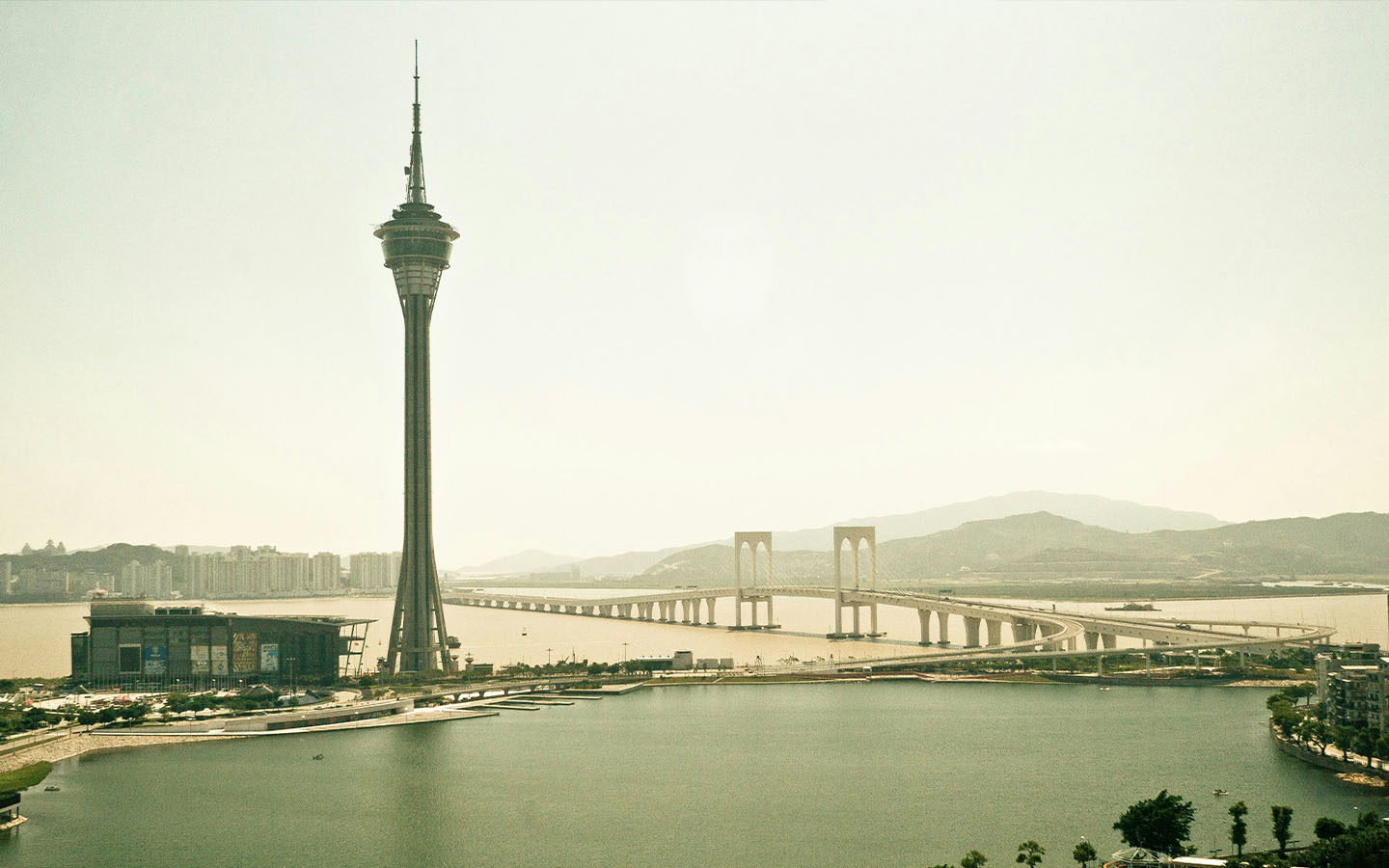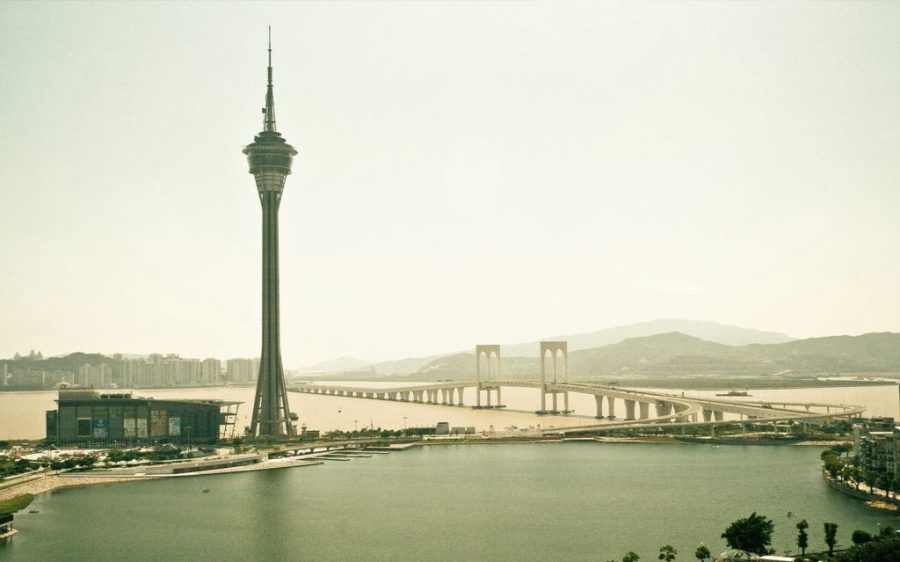Tropical cyclone signal No. 1 was hoisted earlier today after Tropical Storm Yagi made its way into the South China Sea, reaching within 730 kilometres of Macao at noon.
According to the Metrological and Geophysical Bureau (known by its Portuguese initials SMG), the chances of a signal no. 3 being issued between Wednesday night and the early morning of Thursday are “relatively high.”
The SMG has not discounted the possibility of an even higher typhoon signal being raised, although it pointed out that Yagi’s trajectory was “uncertain” and that it would assess the situation based on the storm’s development.
As Yagi approaches Macao between 4 and 7 September, it is expected to “further intensify,” bringing thunderstorms.
In the meantime, SMG states that Macao’s weather will remain hot today and tomorrow due to the “outer subsiding airflow of Yagi.” Currently, an orange hot weather alert has been raised, with the forecaster noting that the temperature could reach 36°C or higher in certain parts of the city.
[See more: Tropical Storm Yagi could come within 300 kilometres of Macao]
The Hong Kong Observatory, meanwhile, will be hoisting a signal No. 1 between 5 pm and 8 pm today, adding that there was a “relatively high” chance that a No. 3 signal would be issued, as Yagi makes its way towards the southern Chinese coast.
Yagi, which developed last Sunday in a low-pressure area, has already wreaked havoc in the Philippines, according to the South China Morning Post, which reported that the tropical storm caused floods and landslides that resulted in 13 fatalities on Monday.
It also resulted in the closure of schools and government offices, and suspension of transport services, in the capital Manila.
Those living to the east of China’s Hainan province and west of Guangdong province are already bracing for the worst after China’s National Meteorological Centre forecasted Yagi to become a severe typhoon before it makes landfall near these two areas on Friday,
Extreme weather events are becoming more common in the region due to the impact of climate change. Earlier this year, the director of the Hong Kong Observatory said that he expected “an above-normal” number of typhoons this year.






